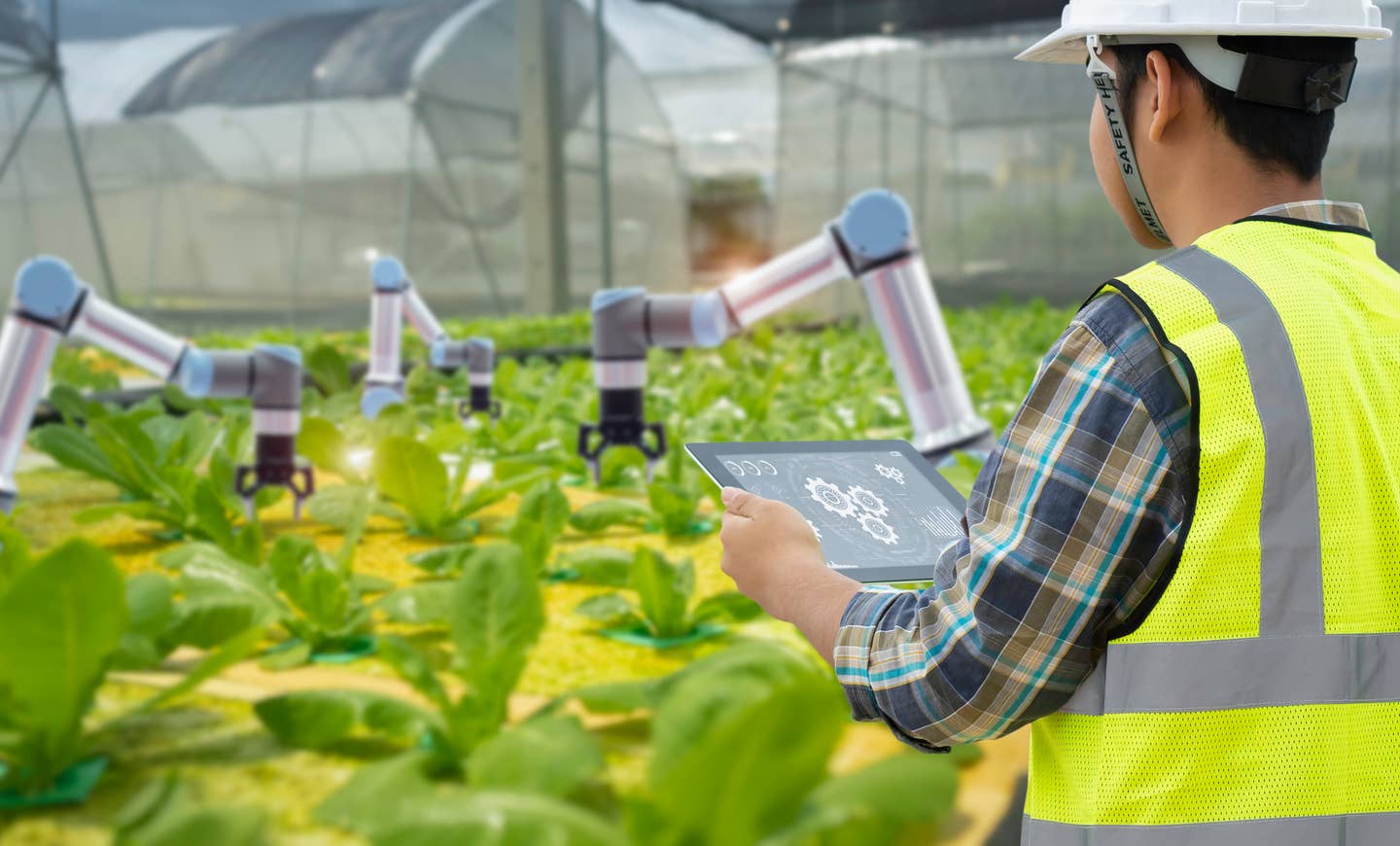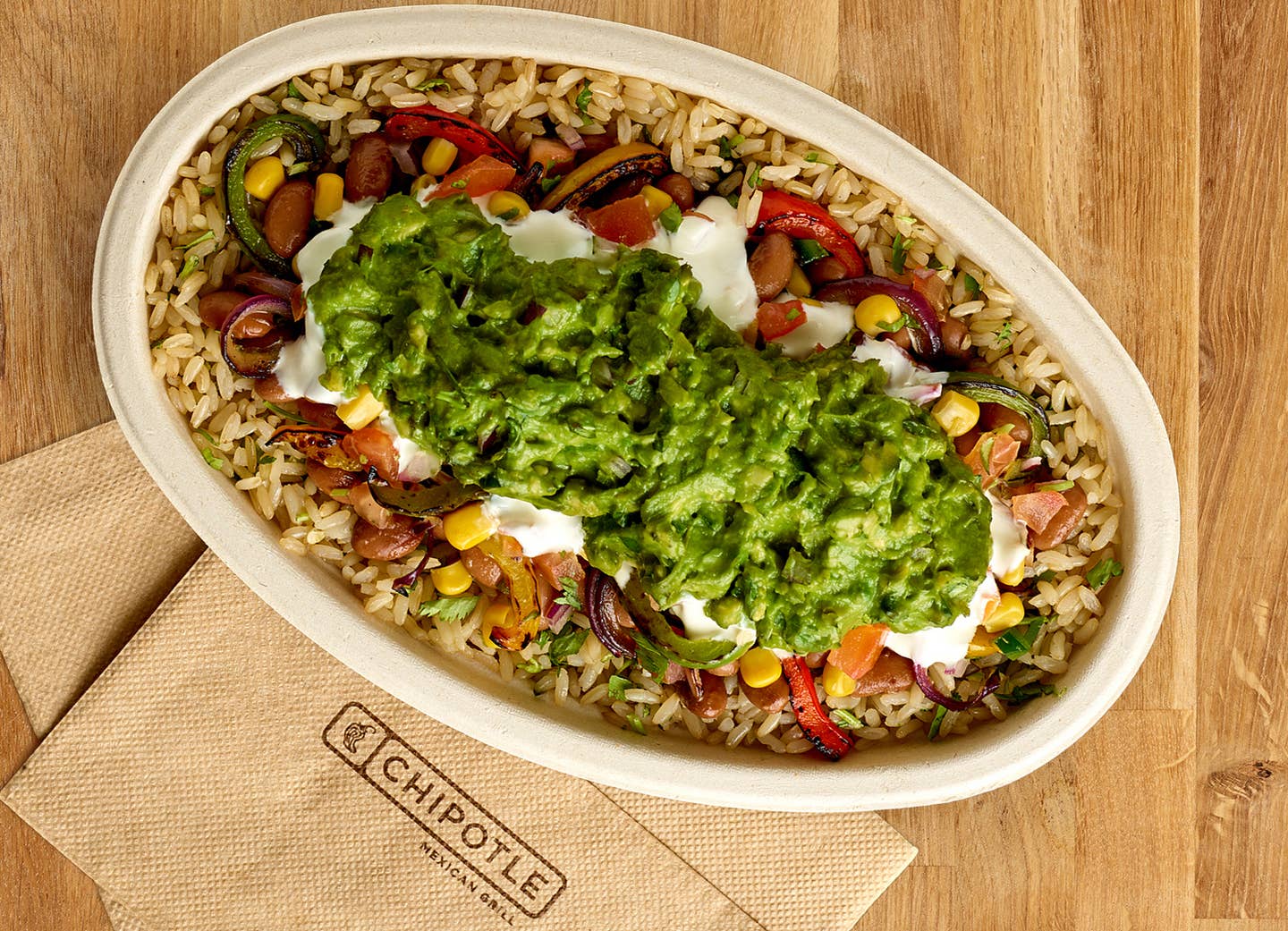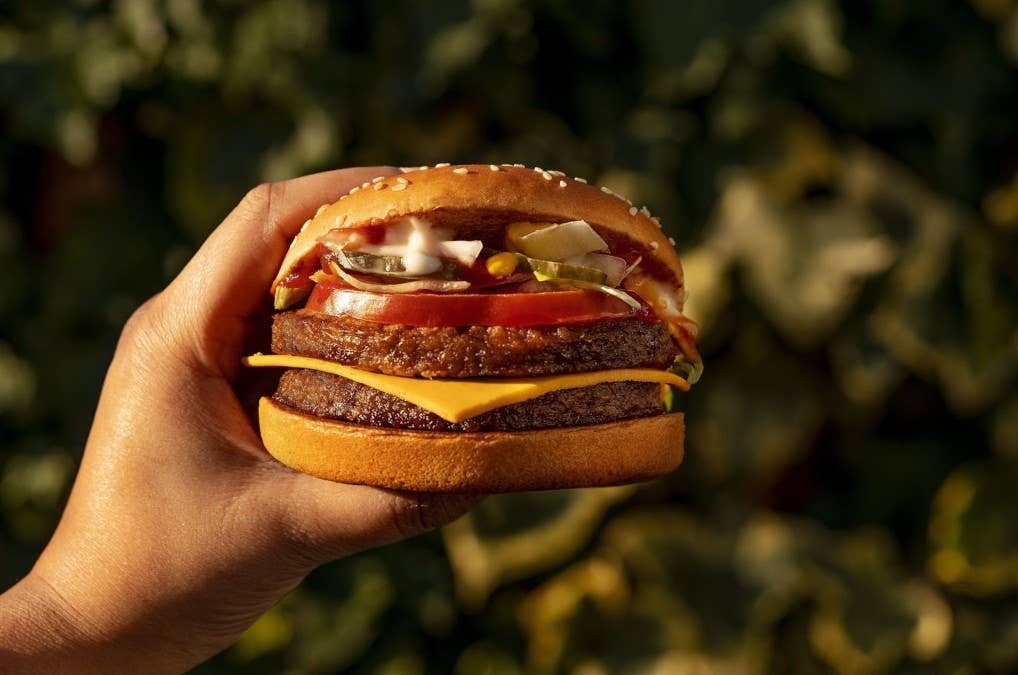
Will Your Next Meal Be 3D-Printed? The Newest Innovations in Plant-Based Foods
What may sound like science fiction when it comes to plant-based food creation is now a reality. From 3D-printed steaks to fish being grown in a lab from a single cell, food is being completely reimagined for the betterment of human health and the planet.
Just a few decades ago, there was a limited selection of plant-based brands, like Tofurkey and Eden Soy, on the grocery store shelves; today, there is what seems like an overwhelming surge of vegan-friendly or plant-based products. There’s been steady growth in nearly every plant-based food category over the last 10 years: Red meat alternatives, chicken substitutes, sausages made of pea protein, crumbles that masquerade as beef for your pasta sauce or taco filling, tuna from chickpeas and pea protein, and the list goes on.
Today, 25 percent of all US consumers are embracing plant-based foods on a regular basis, and even if they don't define themselves as vegan, they’re moving toward a more plant-based diet with healthier flexitarian habits recognizing it’s better for human health and the planet. Both meeting and fueling this demand, while catalyzing the mass acceleration of plant-based products, is one area that deserves specific attention: food technology. While there are some established, on-the-shelf food tech companies making waves, there are others that are just getting started.
Yes, 3D-printed meat is now a thing, and it's plant-based
Israeli startup Redefine Meat is working to create a meatless steak using 3D printing at an opportune time as the meatless food industry is expected to hit $8 billion in sales in the next five years, according to Business Insider. Redefine’s alt-meat is made from a proprietary blend of soy and pea proteins along with coconut fat and sunflower oil. Even celebrity Chef Assaf Granit sampled Redefine’s steak and said most people would not be able to tell the difference between theirs and a real one. What’s new with 3D printing though is not an innovation in ingredients, but rather in technology, which uses specialty machines made by the company to print the steak one layer at a time. The company will be the first to sell 3D printers, and the ingredient packs, to meat distributors which means you might have a 3D-printed plant-based steak at a restaurant near you in 2021. Recreating the texture of meat has been the Holy Grail of new technologies, and Redefine Meat may be the first-to-market in the 3D-printing space, but they are certainly not the only ones diving into 3D plant-based printing technology; Novameat, based out of Spain, is also experimenting with this approach.
Food from the lab: Meet Cellular Agriculture: Also Called “Clean Meat”
Cellular agriculture (aka “cell ag,” “cultured meat,” “clean meat” or “lab-grown meat") is still in its infancy but holds promise for ushering in an era of eliminating animals from the food supply chain. First, you might be wondering what is “cellular agriculture?”
“Put simply, cellular agriculture is just a method of making foods that conventionally come from animals, but without those animals,” according to the Good Food Institute (GFI). “It’s based on looking at the biological processes that happen on a cellular level when, for example, milk is made by a cow, or an egg is made by a hen – and then replicating that process. For meat, this can mean growing muscle cells in tanks to produce clean meat, while for milk, this can mean making milk proteins in an organism like yeast by using recombinant DNA technology.”
While heralded as a technology that will revolutionize food and eliminate environmentally-destructive animal agriculture, no cell ag products are on the grocery store shelves or being sold at a restaurant near you, yet. The current high costs of development, health concerns, regulatory considerations plus people’s general acceptance of lab-grown meat all play into its ability to go mainstream.
There are some clean meat companies to keep an eye on though. Memphis Meat for example has attracted investors like Richard Branson, Bill Gates, as well as food juggernauts like Cargill and Tyson Foods. The company has demonstrated their proof of concept, making cultured chicken nuggets and beef meatballs for example. San Diego-based BlueNalu has also shown it can make fish meat from fish cells. The fish are swapped to obtain the cells, then cells are isolated and placed into a solution to proliferate. What you get on your plate is a fleshy substance that is biologically identical to meat.
Many people question whether cultured-meat is actually vegan. It might depend on how cells required to grow the flesh are obtained. While animals aren’t slaughtered to make lab-grown meat, the cells needed do come from animals.
We are still a ways away from cellular agriculture-derived foods appearing as an option on your local sushi joint menu or lining the shelves at the grocery store, the rate of investment and innovation in the space might bear lab-grown meat and other animal replacement products sooner than you think.
Fermentation is the here and now of the new plant-based frontier
Fermentation is another tech-forward critical pillar of plant-based food innovation and technology, but one that is not as commonly talked about. Albeit, not as sexy as 3D-printed steak, fermented foods are in fact delivering plant-based alternatives you consume today. Fermentation uses microbial species to transform a food product or ingredient, and can be harnessed in a lab to produce cultivated meat, eggs, and dairy, or as a primary protein source.
Fermentation companies raised 435 million in 2020, according to the Good Food Institute, which was about one-third of what plant-based meat, egg, and dairy companies brought in.
Perfect Day for example, a non-animal dairy company—that says it makes plant-based cheese indistinguishable from the real thing, uses microflora (which is a microorganism like bacteria, yeast, or in their case, fungi) to make proteins. By using fermentation tanks, they can grow flora and then develop milk proteins that serve as the basis of vegan ice cream, cheese, and other traditional animal-dairy products.
Fermentation shows promise for the potential of plant-based foods at greater scale, lower cost, improved efficiency, and enhanced sustainability. “The opportunity landscape for technology development is completely untapped in this area,” says Good Food Institute’s Associate Director of Science and Technology Dr. Liz Specht. “Many alternative protein products of the future will harness the plethora of protein production methods now available, with the option of leveraging combinations of proteins derived from plants, animal cell culture, and microbial fermentation.”
The “vegtech” sector is ushering in a new era of plant-based food
All of the aforementioned innovators and their respective food development process fall into a burgeoning plant-based industry category called “vegtech” (a term I coined last year during an appearance on a plant-based business podcast). Vegtech companies are and will continue to be a catalyst for growing the plant-based food industry. We are already seeing the power of technological food innovation to help reduce reliance on animal-based products, and prove they can deliver great-tasting food at scale. From Impossible Foods and its use of a molecule called heme—a component of an oxygen-carrying molecule also present in blood—that gives meat a meat-like smell and look, to JUST Inc., which manipulates mung beans to make a plant-based egg product, these early vegtech companies have laid the groundwork for new innovators to follow.
Vegtech companies continue to be hyper-focused on innovating new foods that are not thought of as second-choice substitutes, but as more desirable, healthier replacements for animal-based counterparts, and pride themselves on their ability to make plant-based foods that are nearly indistinguishable from animal-based ones.
This concerted technology food innovation means better tasting products, available in more places—retail, food service, and direct-to-consumer—at a price point that will eventually be lower than animal-based counterparts. Humans and the planet will greatly benefit from this emerging sector, and we are just starting to get a taste for one of the most influential industry sectors of our generation.
The time is ripe for these new food systems to offer consumers healthier, more planet-friendly choices as pandemic-driven meat shortages and COVID-19 outbreaks in several large meat processing plants made consumers wary of meat supplies and ever more open to tasting alternatives such as Beyond, Impossible and more.
More From The Beet






